The Mexican Restaurant Bankruptcy Trend Has Left Consumers Worried
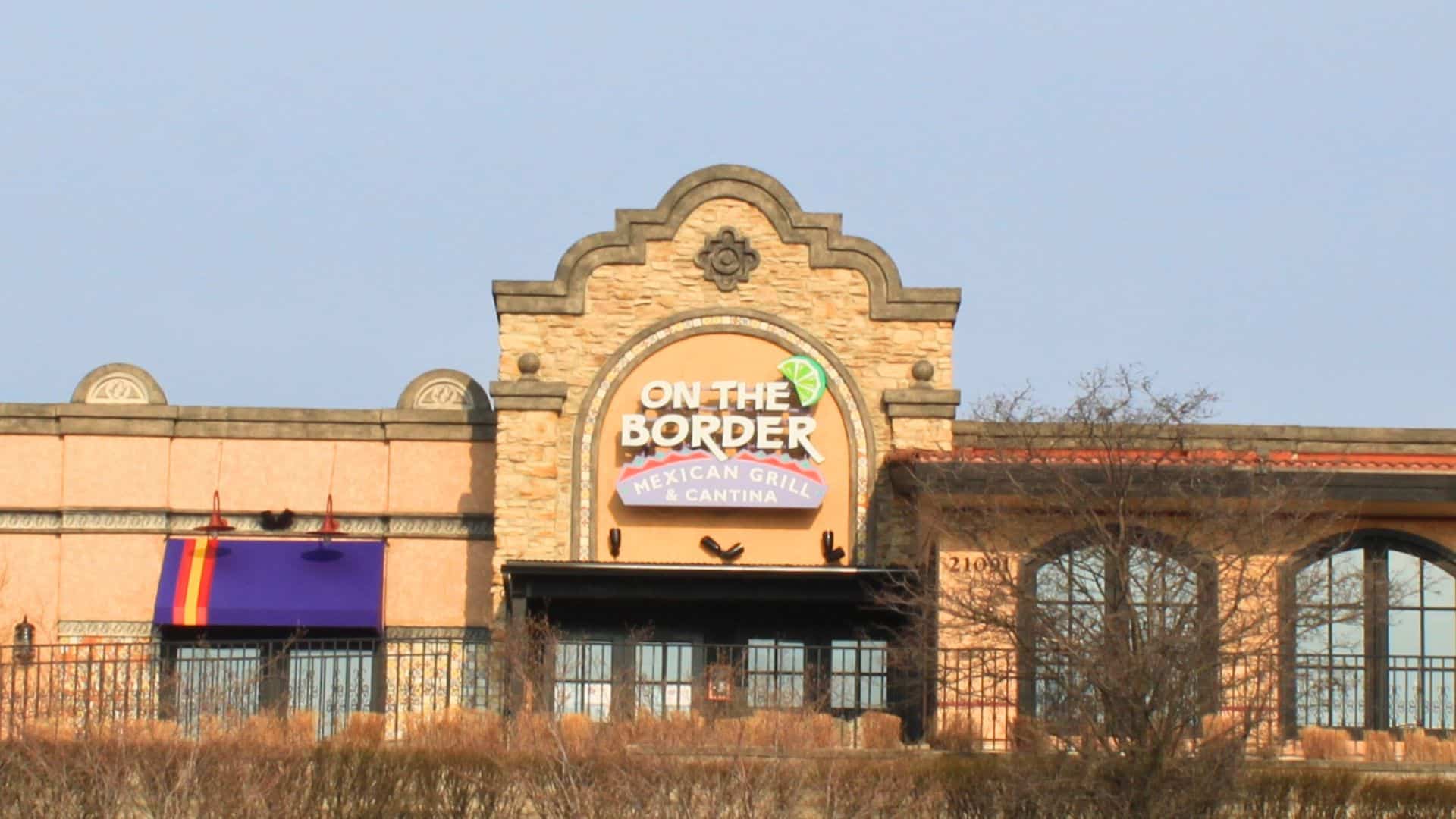

From casual Tex-Mex chains to beloved family-style eateries, a wave of bankruptcies is shaking the Mexican restaurant sector. The news isn’t just about debt restructuring; it’s sparking anxiety among diners who fear losing favorite spots, facing higher menu prices, and watching their dining traditions disrupted.
Abuelo’s Files for Chapter 11
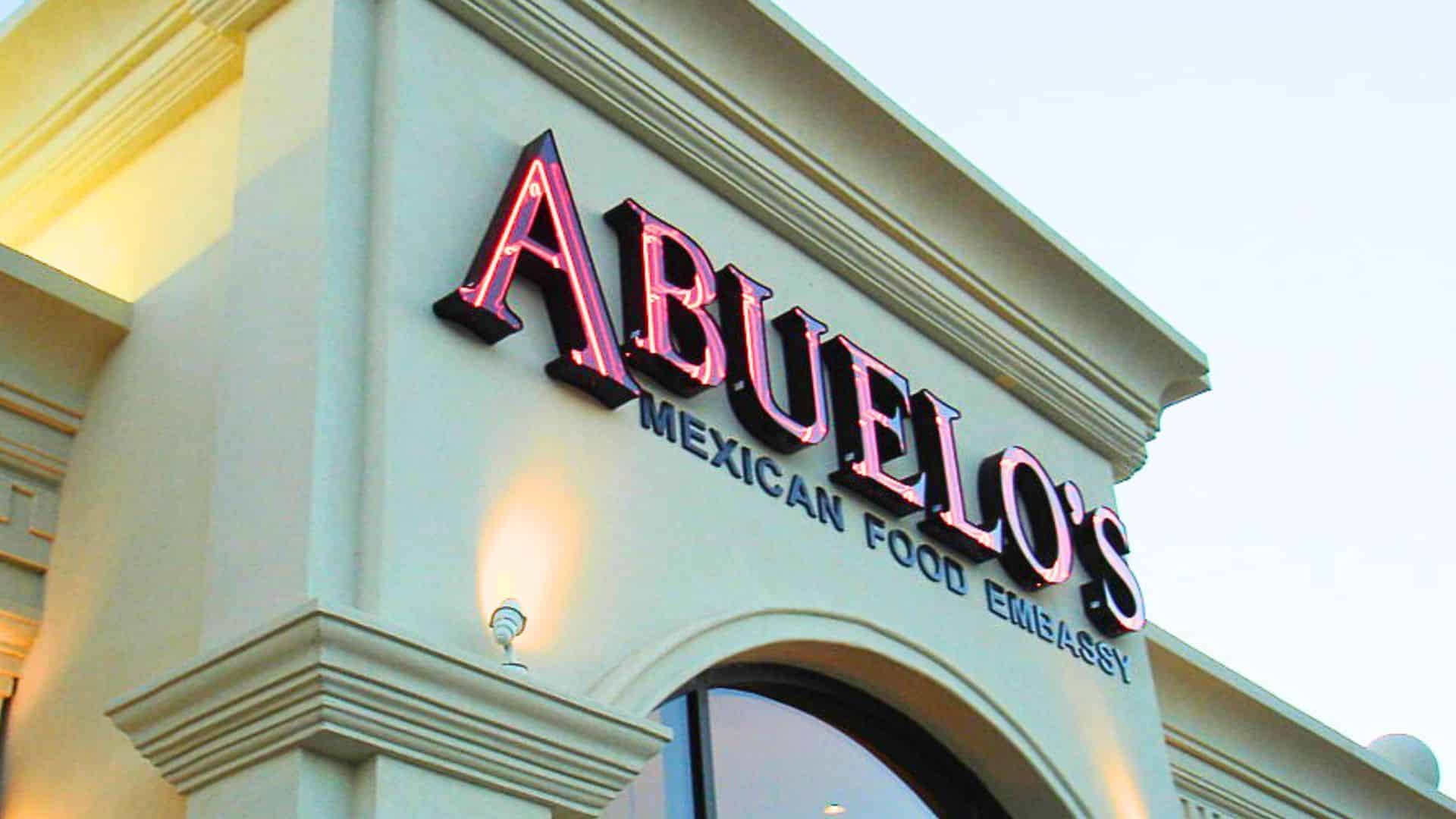
Jeremy Doccola on Flickr.com
This September, Abuelo’s International filed for Chapter 11 bankruptcy after reporting debt and liabilities between $10 million and $50 million. The chain runs 16 restaurants across seven states, leaving loyal customers worried about closures and the loss of a long-familiar dining option, as reported by the Daily Mail.
Tijuana Flats’ Bankruptcy and Rebound
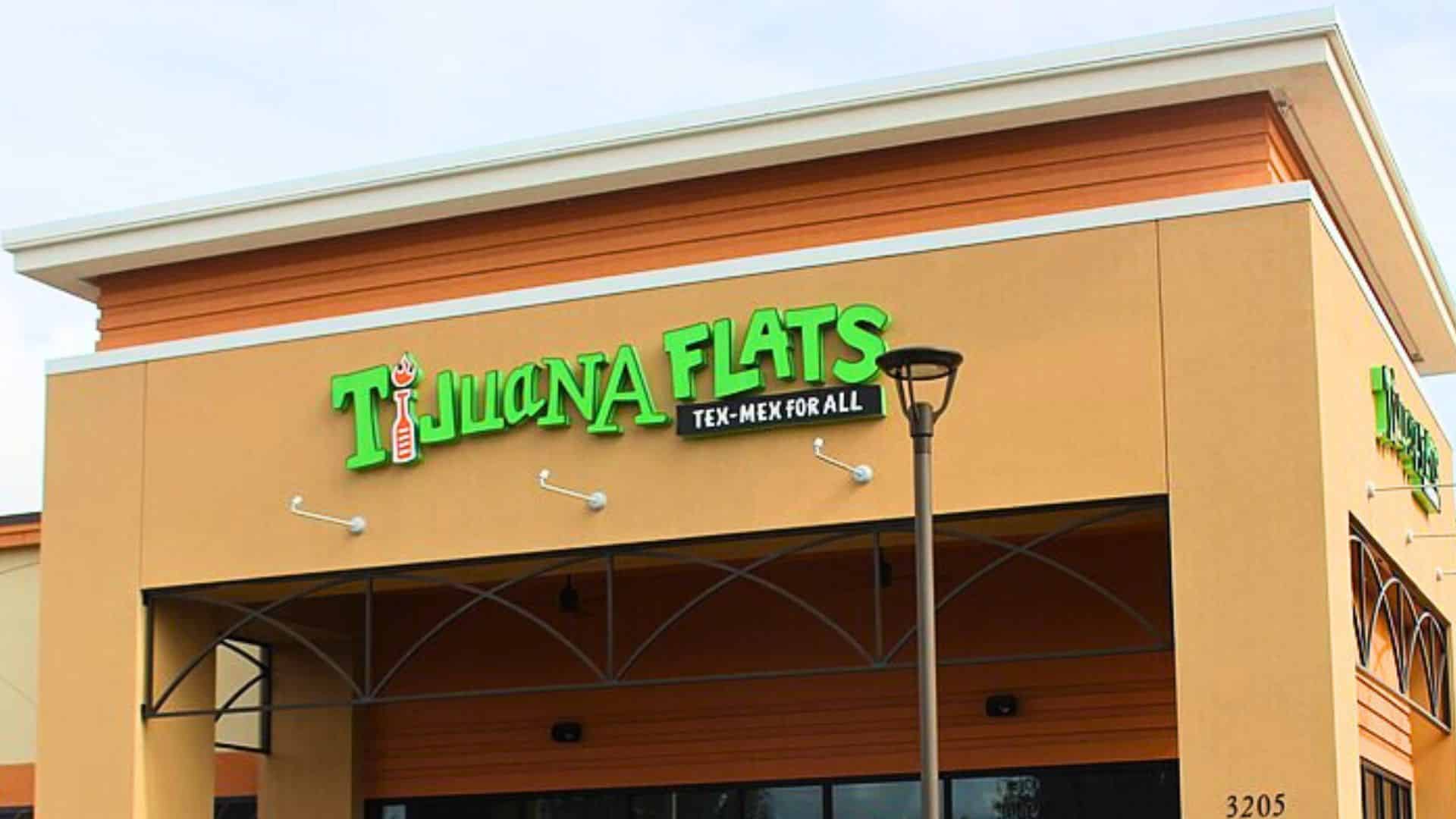
Tex-Mex chain Tijuana Flats filed for Chapter 11 bankruptcy in April 2024, adding to concerns that even mid-sized players in the sector were vulnerable to rising costs and weakened traffic. While the company emerged from bankruptcy in January 2025 with promises of menu innovation, the episode left diners uneasy about whether their favorite locations might vanish overnight
On the Border in Trouble

Perhaps the most alarming case is On the Border, one of the longest-running Tex-Mex brands. Its parent company, OTBLLC, filed for Chapter 11 in March after amassing over $25 million in debt and closing 40 underperforming units, according to Nation’s Restaurant News.
Reports suggest the chain will shutter more than 70 restaurants nationwide. For longtime customers, this signals the potential loss of a familiar gathering place for affordable Mexican food.
Underlying Pressures Hit Diners Too

Experts repeatedly cite inflation, higher food and labor costs, and weaker traffic as driving forces behind these filings. The Sun also noted macroeconomic headwinds and underperforming units as critical factors. For consumers, these pressures translate into rising menu prices, smaller portions, and fewer specials, making casual dining feel less accessible than before.
Local Closures Add to Consumer Loss
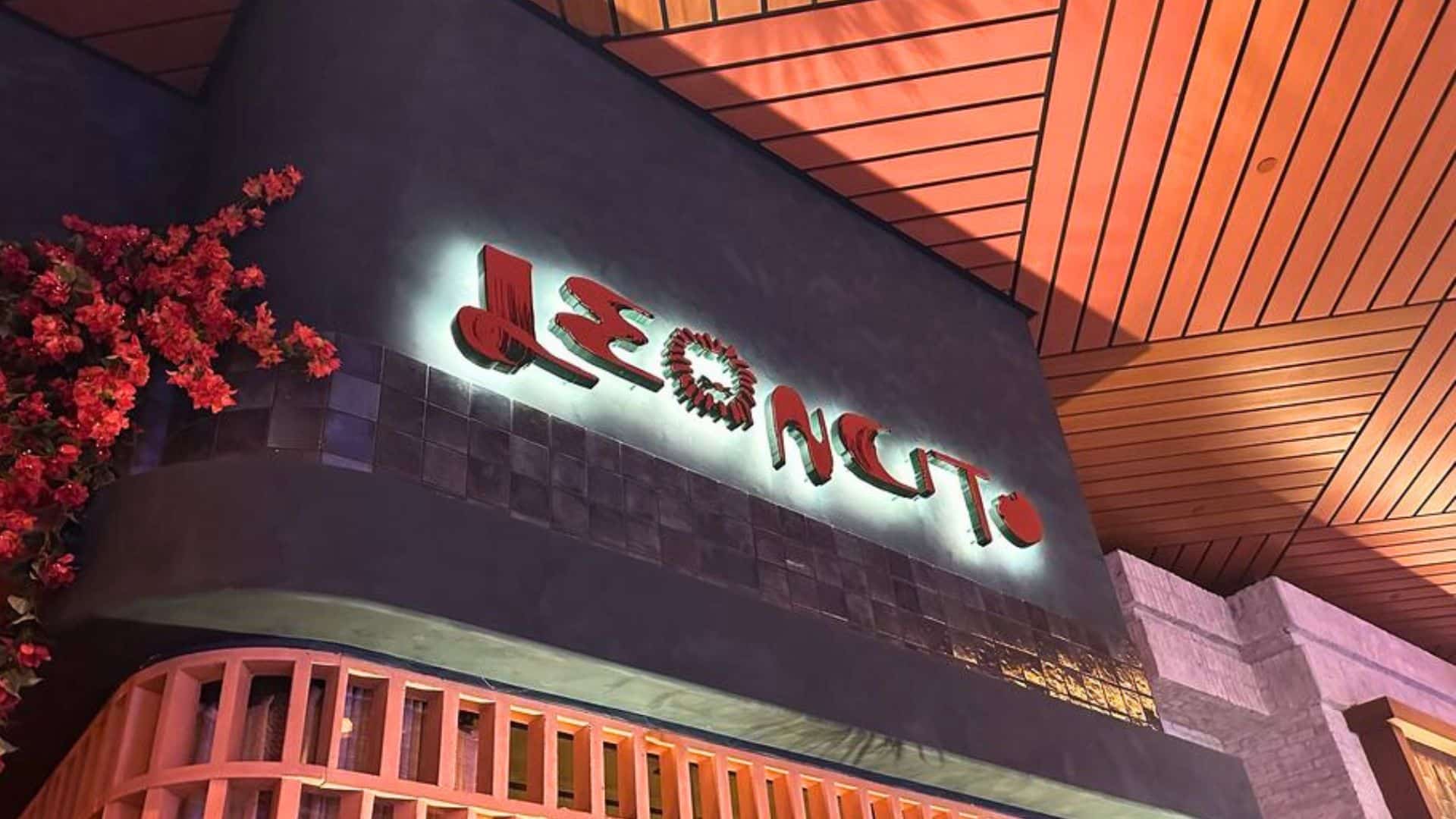
Beyond national chains, closures are showing up at the community level. In San Antonio, a decades-old Mexican restaurant, Las Salsas, shut down without notice, leaving regulars dismayed. In Las Vegas, the Mexican eatery Leoncito inside a casino closed, another example of familiar options disappearing. These losses hit especially hard in regions where such restaurants serve as cultural and social anchors.
Echoes From the Past

The bankruptcy wave isn’t without precedent. The once-popular Chi-Chi’s shuttered U.S. operations in the early 2000s, serving as a reminder of how financial pressures can erase even beloved names. While Chi-Chi’s has recently staged a small return in Minnesota after two decades away, such comebacks are rare, albeit not impossible. Yet for most restaurants, closure means a permanent loss for communities and consumers who counted on them.
International Echoes
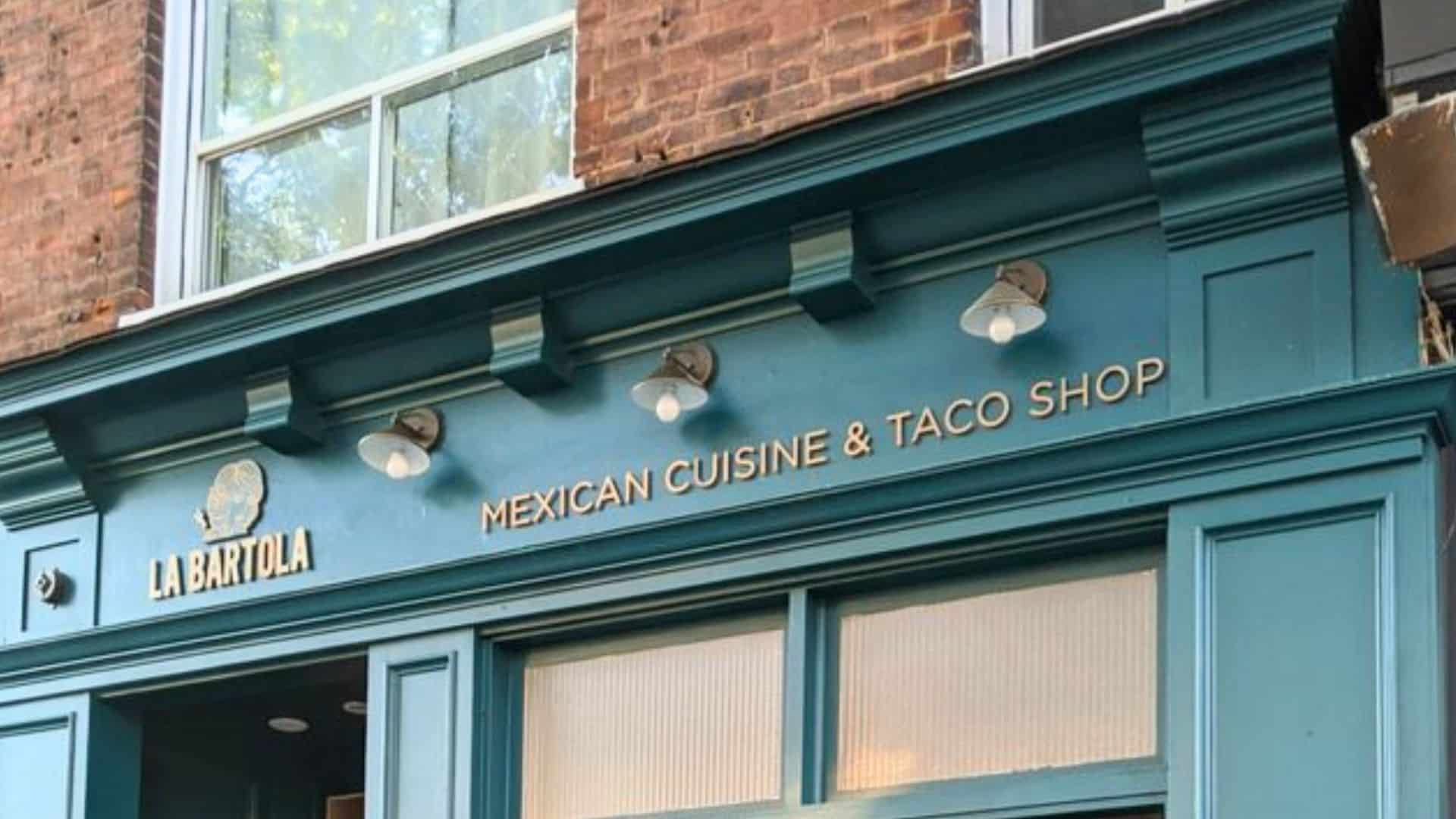
This isn’t confined to the U.S. In Canada, some Mexican-inspired restaurants such as La Bartola in Toronto have shuttered, reflecting how global economic pressures strain operators. International diners, too, are experiencing the loss of distinctive Mexican cuisine spots in their neighborhoods.
Why Consumers Are Worried
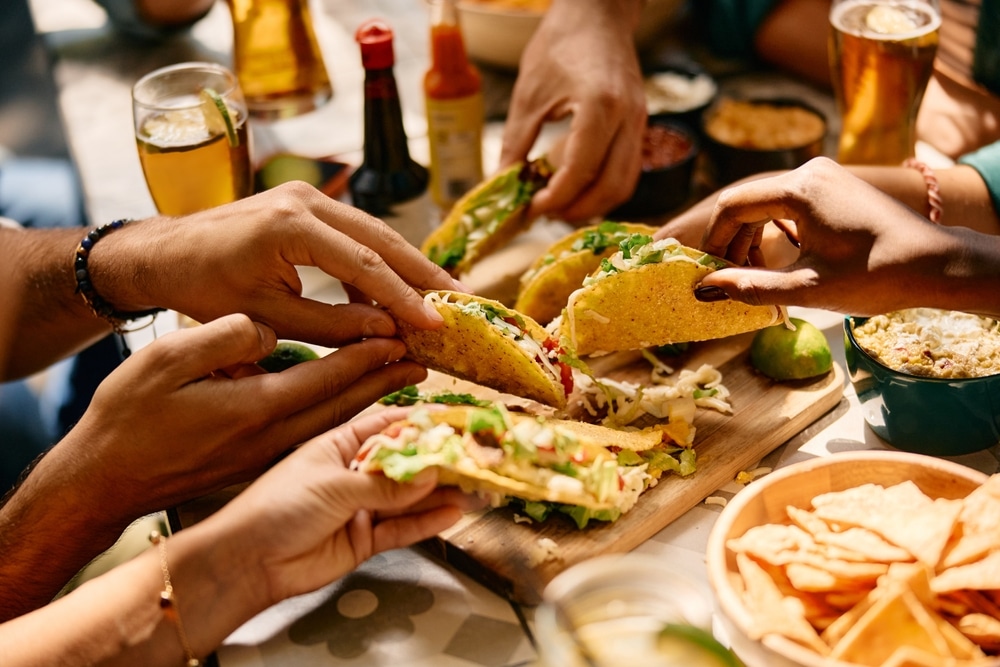
For diners, the bankruptcy wave sparks concerns that go beyond financial filings. Families who relied on these restaurants for affordable meals and familiar gatherings now face the possibility of losing trusted spots altogether. Restructuring efforts also raise questions about quality, with fears of pared-down menus, ingredient substitutions, or inconsistent service. Rising prices and shrinking portions, already evident as operators struggle with costs, only add to the unease.
Closures don’t just affect customers’ dining choices — they ripple through local communities, cutting jobs and reshaping neighborhoods, especially in areas where Mexican and Tex-Mex restaurants serve as cultural hubs. Even loyalty programs and gift cards come under doubt, leaving regulars unsure about the future of their investments in these brands.
A Shifting Dining Landscape
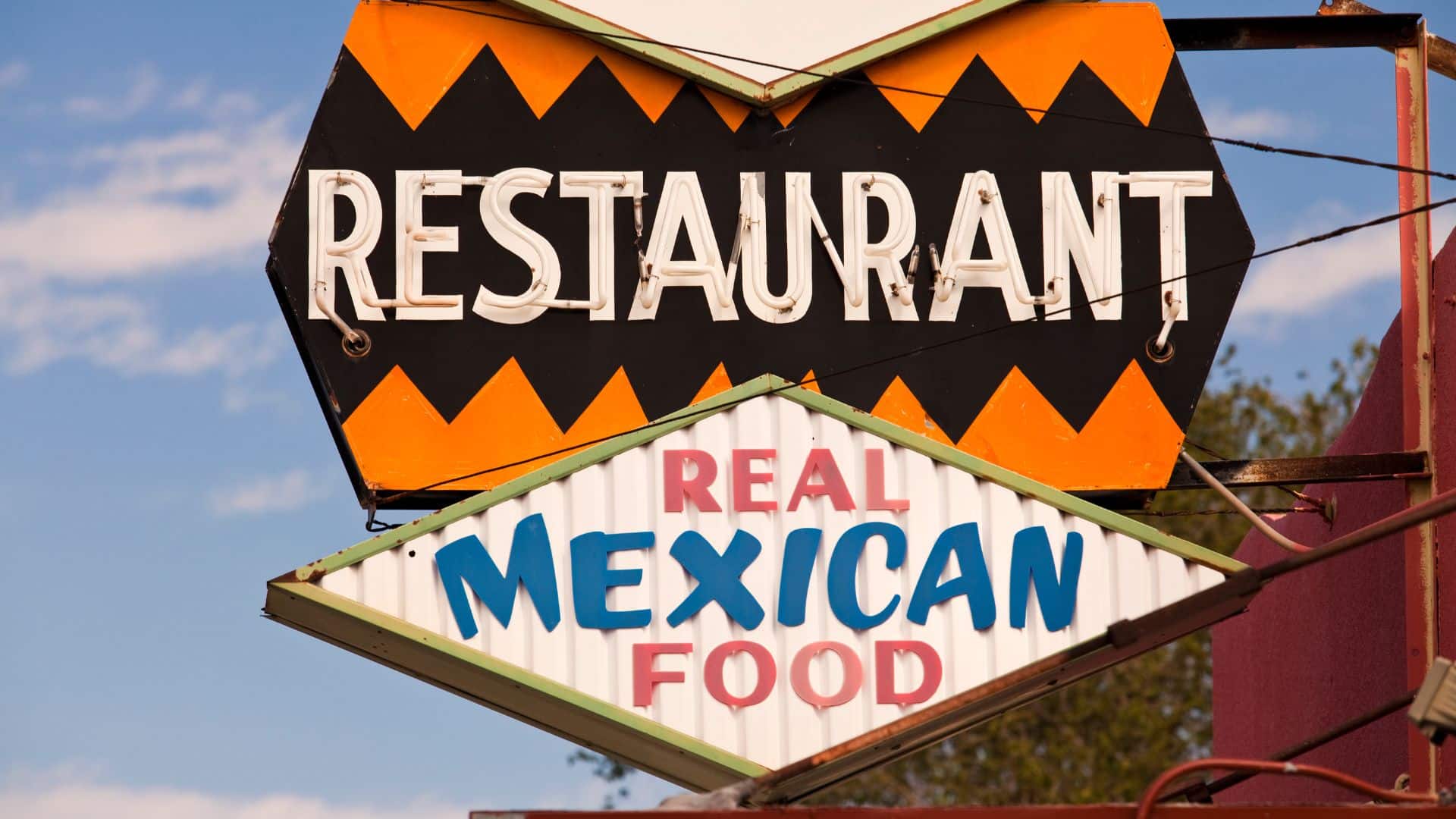
The wave of bankruptcies among Mexican and Tex-Mex chains underscores how much pressure the dining industry is under. While some restaurants may disappear and others restructure, the broader trend reflects an evolving marketplace rather than a sudden collapse. For consumers, it may mean adjusting to higher prices, fewer options in some areas, or the possibility of favorite spots changing hands, but it doesn’t spell the end of Mexican dining in America.
